The world of digital printing is continually evolving, and with it comes the rise of innovative technologies like Direct to Film (DTF) printing. DTF printing has gained popularity for its versatility, quality, and efficiency in creating custom designs on various materials. But the question often arises: Can you DTF with an inkjet printer? The answer is a bit nuanced, and this article will explore the possibilities and limitations of using an inkjet printer for DTF printing.
Understanding DTF Printing
DTF printing involves creating a design on a transfer film, which is then applied onto a substrate using heat and pressure. This method is particularly popular for garment decoration, promotional items, and home decor. The process typically requires specialized equipment, including a DTF printer, DTF ink, and a UV curing system.
Inkjet Printers: A Basic Overview
Inkjet printers are widely used for their ease of operation and affordability. They work by spraying droplets of ink onto paper or other substrates to create images and text. Inkjet printers are versatile and can handle various types of paper and ink, making them a popular choice for home and small business use.
Compatibility Issues
While inkjet printers are versatile, they are not inherently designed for DTF printing. The main challenges lie in the type of ink and the printer’s compatibility with DTF-specific materials. DTF printing requires DTF-specific ink that can be cured with UV light to ensure durability and adhesion. Standard inkjet inks are not formulated for UV curing and may not provide the necessary durability for transfers.
Potential Workarounds
Despite the compatibility issues, some users have experimented with using inkjet printers for DTF printing. Here are a few potential workarounds:
- Using DTF-Compatible Ink: While standard inkjet inks are not suitable, some manufacturers offer DTF-compatible ink cartridges that can be used in certain inkjet printers. These inks are designed to work with DTF paper and can be cured using UV light.
- Modifying the Printer: In some cases, users have modified their inkjet printers to accommodate DTF ink and paper. This involves making adjustments to the printer’s ink delivery system and possibly using third-party components. However, this requires technical expertise and may void the printer’s warranty.
- Using a Dedicated DTF Printer: The most straightforward solution is to invest in a dedicated DTF printer. These printers are specifically designed for DTF printing and come with the necessary hardware and software to ensure high-quality results. While this option may require a higher initial investment, it guarantees compatibility and reliability.
Considerations and Limitations
- Quality: Inkjet printers, even when modified, may not match the print quality and durability of dedicated DTF printers. The precision and color accuracy of DTF printers are optimized for the specific requirements of DTF printing.
- Efficiency: DTF printers are engineered for speed and efficiency, which can be crucial for large-scale production. Inkjet printers, especially those modified for DTF, may not offer the same level of productivity.
- Cost: While using an inkjet printer might seem more cost-effective initially, the need for modifications, specialized inks, and additional equipment can drive up costs over time. A dedicated DTF printer, though more expensive upfront, can be a more economical long-term solution.
Conclusion
While it is technically possible to use an inkjet printer for DTF printing with some modifications and the right materials, the process comes with significant limitations. Dedicated DTF printers offer superior quality, efficiency, and reliability, making them the ideal choice for anyone serious about DTF printing.
For those just starting out or working on a limited budget, experimenting with inkjet printers may be an option, but it’s important to weigh the potential drawbacks against the benefits. Ultimately, investing in a dedicated DTF printer is likely the best path to achieving professional-quality results in digital transfer technology.
